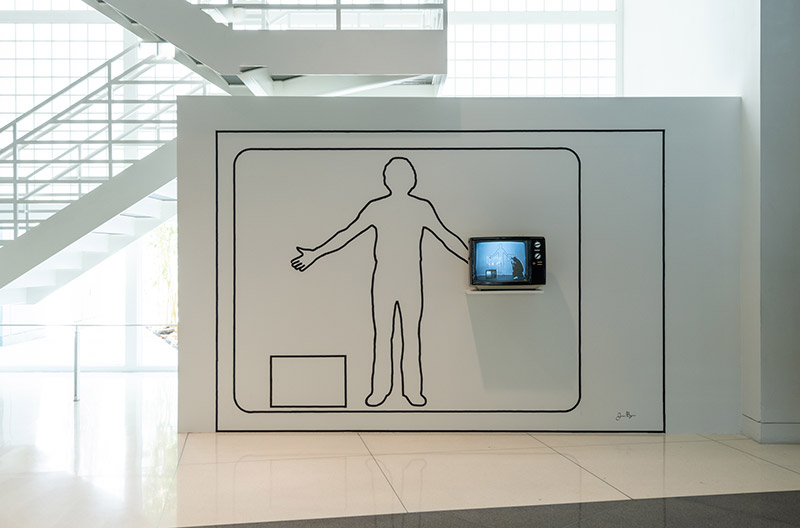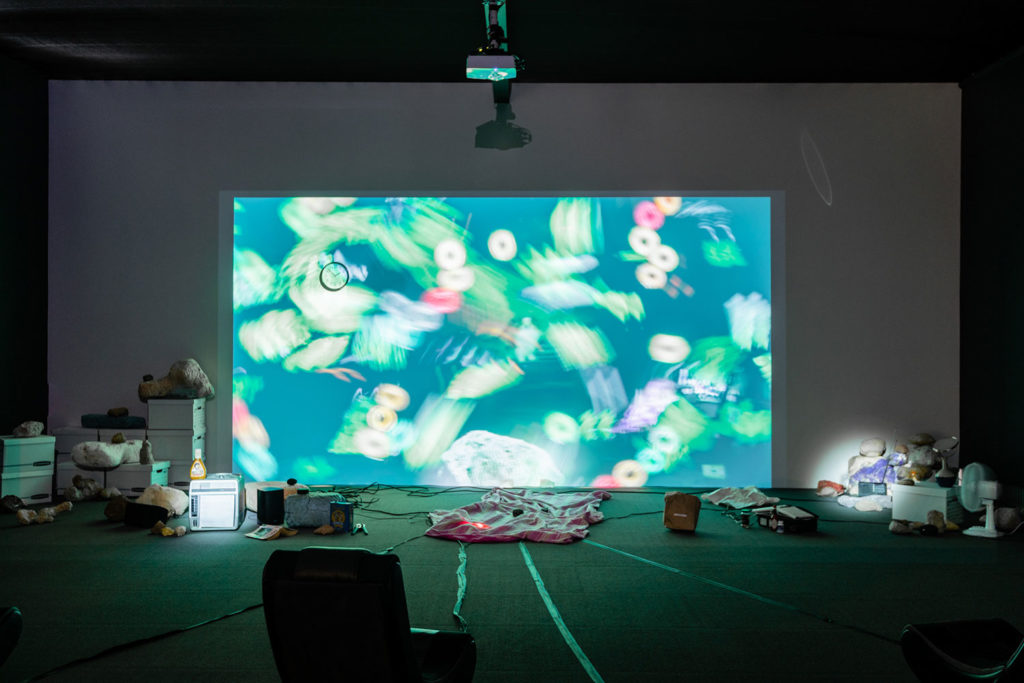In the 1970s, James Byrne developed a distinctive, body-based method of image making, in which he used the hand-held portable camera as an extension of the body. Byrne explored this aesthetic primarily through dance collaborations that were choreographed and performed specifically for video. Intense physicality, performance, and the human figure are central to these works. Byrne later produced multi-monitor installations that refer both to urban architecture and the sensuality of natural landscape.
Sun August 24th Open 11 AM–5 PM



